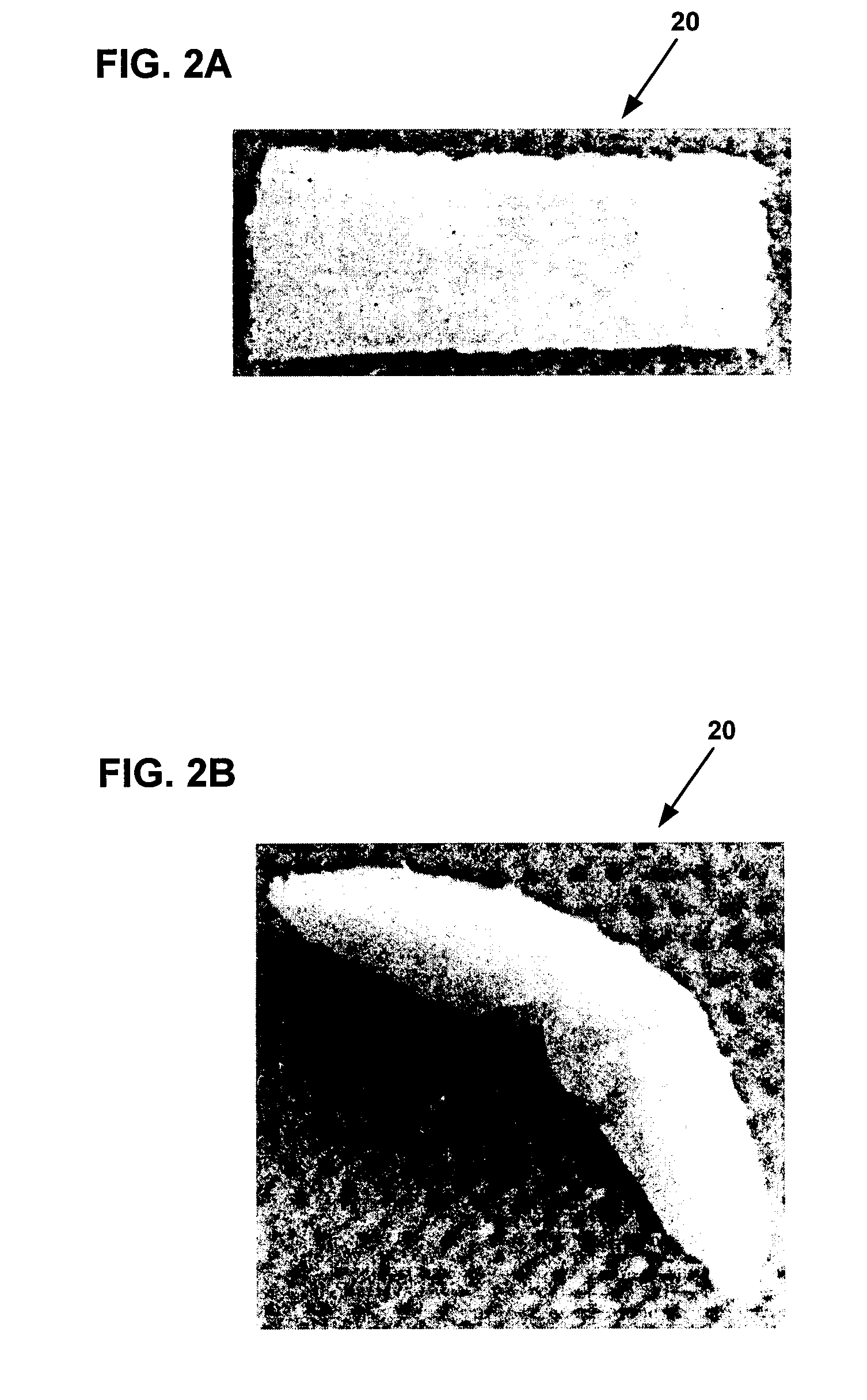Delivery system attachment
a delivery system and attachment technology, applied in the field of delivery systems, can solve the problems of long healing time of fractures and other orthopedic injuries, inability to support physiologic loading unaided, and significant stiffness of metals, so as to facilitate the transfer of substances and/or materials
- Summary
- Abstract
- Description
- Claims
- Application Information
AI Technical Summary
Benefits of technology
Problems solved by technology
Method used
Image
Examples
embodiment 200
[0102]FIGS. 5a-5c illustrate a covering embodiment 200 having an elongated containment portion 202 for housing a substance for delivery, and having first and second ends 204, 206. One or both of the first and second ends 204, 206 may have an attachment mechanism 208. Any suitable attachment mechanism may be used. In the embodiment shown, each of the first and second ends 204, 206 comprises a tab attachment mechanism 208. One or both of the first and second ends 204, 206 further may be sealed. In the embodiment shown, the first end 204 is sealed. The seal 210 may comprise a portion of the tab 108, as shown, or may be separate from the tab 108. The seal 210 may have a width and a thickness suitable for maintaining a seal with the substance provided within the containment portion. For example, the seal 210 may have a length of approximately 0.6 cm, with the tab 208, including the seal 210, having a length of approximately 1.0 cm. Accordingly, the tab 108 is coextensive with the seal 21...
embodiment 60
[0115]FIG. 11 illustrates a nested dual-compartment embodiment 60. As shown, a second compartment 64 is provided within a first compartment 62. Selection of materials for provision in each of the first and second compartments may be based on release kinetics from the first compartment and from the second compartment (provided within the first compartment and thus also within the material provided in the first compartment). In one embodiment, smaller particles of a substance are provided within the first compartment and the first compartment accordingly comprises a tighter mesh while larger particles of a substance are provided within the second compartment and the second compartment comprises a looser mesh. Either or both of the first compartment 62 and the second compartment 64 may be preloaded. Alternatively, either or both of the first compartment 62 and the second compartment 64 may be left empty at manufacture for loading in the operating room or at the surgical site. In one em...
embodiment 80
[0137]FIG. 14a illustrates a tension band and covering embodiment 80 comprising a tension band or cable 82 and covering 84. As shown, the covering structure 84 is provided over the tension band or cable 82. The tension band 82 may comprise an osteogenic material, as described above, or may comprise other suitable material such as synthetic polymer, titanium, stainless steel, or other. The covering structure 84 may be filled with a substance 86, as described herein. In some embodiments, the substance 86 may comprise an osteogenic particulate material. The overall dimensions of the tension band and covering delivery system 80 can vary widely depending on the distance between affected vertebrae, the site, and the method of affixation. In some embodiments, the dimensions of the tension band and covering delivery system 80 may range from about 1 cm to about 1 meter in length, or from about 3 cm to about 8 cm in length, from about 2 mm to about 30 mm in thickness, or from about 2 mm to ab...
PUM
 Login to View More
Login to View More Abstract
Description
Claims
Application Information
 Login to View More
Login to View More - R&D
- Intellectual Property
- Life Sciences
- Materials
- Tech Scout
- Unparalleled Data Quality
- Higher Quality Content
- 60% Fewer Hallucinations
Browse by: Latest US Patents, China's latest patents, Technical Efficacy Thesaurus, Application Domain, Technology Topic, Popular Technical Reports.
© 2025 PatSnap. All rights reserved.Legal|Privacy policy|Modern Slavery Act Transparency Statement|Sitemap|About US| Contact US: help@patsnap.com



